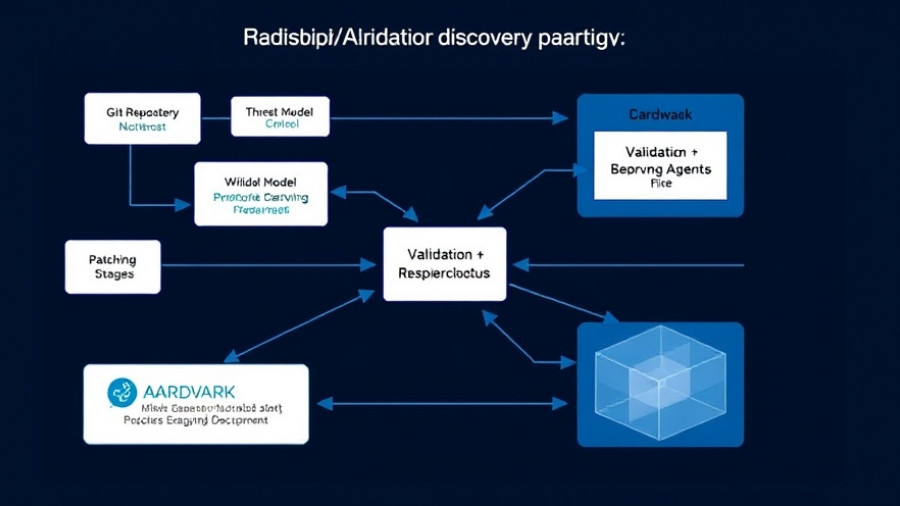
Introducing Autonomous AI Agents: A Double-Edged Sword
In an era when advanced technologies such as artificial intelligence (AI) are becoming mainstream, autonomous AI agents have begun to infiltrate numerous sectors, from finance to healthcare. While these agents promise to optimize efficiency and enhance decision-making, they also present significant security challenges. The paradox lies in their ability to operate independently, often with little oversight, creating what is termed agentic security risk. Security teams must therefore adapt their strategies to manage these new risks effectively.
Embracing Best Practices for Enhanced Security
To combat the inherent threats brought by autonomous AI agents, security teams must proactively adopt emerging best practices. Here are three practical strategies:
- Implement Rigorous Access Controls: Before deploying any AI system, it’s crucial to define precise authorization protocols. This ensures that only the right individuals have the ability to modify or access system capabilities. Developers and IT personnel must routinely audit access logs to ensure compliance.
- Continuous Monitoring and Adaptation: Security is not a set-and-forget operation. Teams must utilize comprehensive monitoring tools to spot anomalies that could indicate a security breach. Systems must be equipped with adaptive learning capabilities that evolve as new threats emerge.
- Cultivate a Culture of Awareness: The human element in security teams cannot be overstated. Training and regular updates ensure that all personnel remain vigilant against the unique threats posed by AI agents. This includes understanding the intricacies of agentic AI behaviors and their implications.
Understanding the Social Implications
The deployment of autonomous AI agents goes beyond mere technicalities; it raises profound social implications as well. Team dynamics can be significantly affected when human comparison is made with machines, especially in decision-making scenarios where ethical dilemmas arise. Security teams need to create frameworks that assess when and how AI decisions should involve human intervention, preserving the necessary balance between AI autonomy and human oversight.
Drawing Lessons from Current Events
As recent headlines continue to spotlight growing concerns around AI ethics and security, organizations must heed warning signs observed in other industries. Take the financial sector, for instance, where algorithmic trading bots automated processes could inadvertently lead to market volatility. Security experts argue that similar precautions need to be taken when implementing AI in less regulated fields, including healthcare and public safety. Reflecting on these instances reinforces the urgency for businesses to develop a solid understanding of AI-agent behavior patterns.
Practical Insights into Autonomous AI’s Challenges
Understanding the risks associated with autonomous AI agents fuels better decision-making. Security teams should prioritize strategies that outline the dangers of negligence concerning AI systems. For instance, consider implementing regular risk assessment evaluations that look through various scenario-based analyses. Such proactive measures allow teams to better prepare against unforeseen threats while increasing overall responsivity.
The Path Forward: A Call to Action
As we delve into a future increasingly defined by automated technologies, the need for effective security measures surrounding autonomous AI agents cannot be overstated. Are your security practices keeping pace? Begin by reassessing your organization’s approach and integrating these insights into your operational framework. Knowledge is power—stay informed, stay safe!
 Add Row
Add Row  Add
Add 




Write A Comment